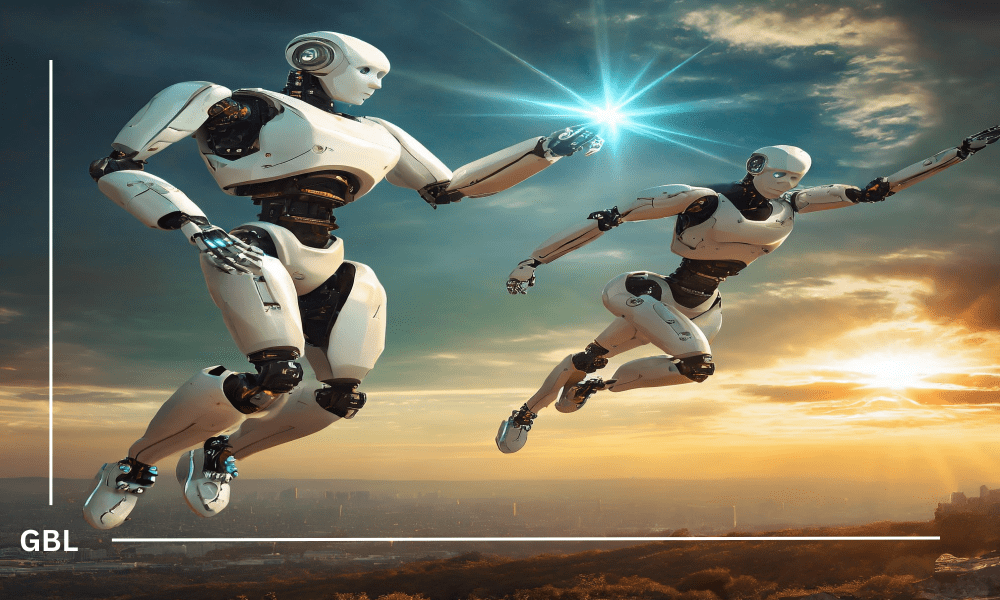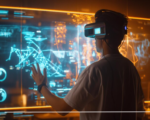In a groundbreaking stride toward the future, humanoid robots are emerging as veritable companions and collaborators, transcending their traditional roles as mere machines. These humanoid creations, designed to mimic human form and movement, are becoming an integral part of our daily lives, with applications ranging from healthcare to hospitality.
One of the most notable achievements in humanoid robotics is the development of robots that closely emulate human features, expressions, and gestures. These advancements pave the way for enhanced social interactions between humans and robots, fostering a sense of connection and empathy. This newfound capability is particularly evident in robots designed for healthcare settings.
In medical facilities worldwide, humanoid robots are proving to be invaluable assets, assisting healthcare professionals in patient care and rehabilitation. These robots, equipped with sophisticated sensors and artificial intelligence, can monitor vital signs, provide companionship to patients, and even guide them through therapeutic exercises. The emotional intelligence embedded in these robots helps create a supportive environment, alleviating the loneliness often experienced by patients during recovery.
Beyond the healthcare sector, humanoid robots are making their mark in various industries. In customer service and hospitality, for instance, robots are being deployed to greet guests, answer queries, and even deliver services with a touch of human-like charm. This not only enhances efficiency but also adds a futuristic and engaging element to the customer experience.
Educational institutions are also embracing humanoid robots as educational aids. These robots serve as interactive tutors, assisting students in learning complex subjects through personalized and adaptive teaching methods. By creating a dynamic and engaging learning environment, humanoid robots are reshaping the way students interact with technology and absorb information.
However, the integration of humanoid robots is not without its challenges. Ethical considerations, privacy concerns, and the potential impact on employment are subjects that demand careful attention. Striking a balance between the benefits of humanoid robots and addressing these ethical dilemmas will be crucial as their prevalence continues to grow.
As we stand on the cusp of a new era where humanoid robots become an integral part of our lives, the ongoing research and innovation in this field promise a future where man and machine coexist harmoniously. The journey from the realms of science fiction to reality is reshaping the way we perceive and interact with technology, marking a transformative moment in the evolution of robotics. The dawn of humanoid robots is not just a technological leap; it’s a leap into a future where the boundaries between humans and machines blur, giving rise to a new era of collaboration and coexistence.

















